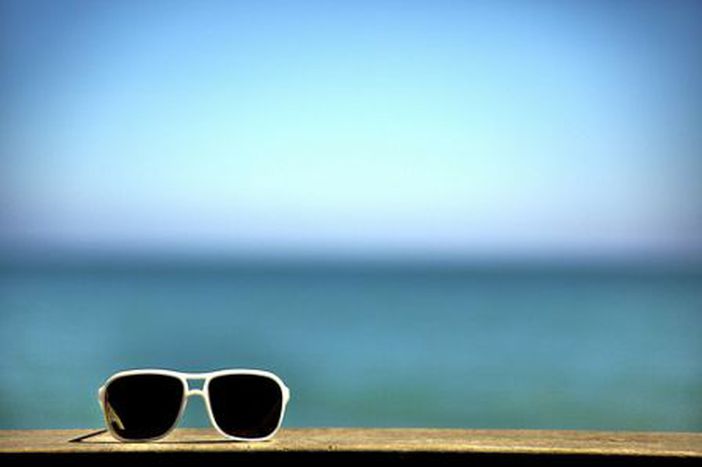
Summertime
Published on
By Cristina Mariani Although there has been no sun and no warm weather in Brussels to give us a bit of summer flavour, July is still the time when the European Commission and Parliament hurry to close their files before the holiday break, while expats plan their escape from the Belgian rain.
In 2011, EU residents made one billion holiday trips, whether within their own country, to another EU Member State or elsewhere in the world. What about 2012?
Notwithstanding the fact that the financial crisis may lead to a slight decline in the number of trips, in preparation for the summer holidays the European Commission has launched campaigns to inform EU citizens about their passenger rights, smartphone applications and opened European Consumer Centres (ECC-Net), to offer citizens free advice about their rights when travelling and shopping across borders.
The Treaty of Lisbon specifies that: “the Union shall complement the action of the Member States in the tourism sector, in particular by promoting the competitiveness of Union undertakings in that sector”.
“Figure it in euro, in dollars it is much less”, says Phyllis, the wife of Jerry’s (Woody Allen) in “To Rome with Love?”, the latest movie directed by Woody Allen, a pop and cheesy representation of the “motley patchwork of the Italian culture”.
Beyond the stereotypes of travellers and touristic places, the richness and diversity of European tourism have recently been recognised more than once by the European institutions. Tourism is a key sector for the European economy, a driver of jobs, growth and economic recovery. But this year tourism has gained a much higher acknowledgement.
For the first time, the G20 Leaders’ Declaration drafted in Los Cabos, Mexico, in June includes the recognition of "the role of travel and tourism as a vehicle for job creation, economic growth and development”. Similarly, participants at the side event ´Tourism for a Sustainable Future´ during the Rio+20 - the United Nations Conference on Sustainable Development, held in Rio de Janeiro on June 20-22 - agreed that tourism can make a significant contribution to the three pillars of sustainable development: economic, social and environmental.
Rather than merely an important source economic growth, in 2010, Sarah Becklake in her book “Tourist cultures: Identity, Place and Traveller”, provided instead an alternative perspective of tourism. In her view, tourism is a source of “a hybridisation of culture”, prompted by the complexity of interactions that occur between tourists and the toured, in the local tourist space, which transcend notions of domination.
Fascinating.
The variety of “tourist cultures” is also something that emerges from the definition provided by the World Tourism Organization, which identifies tourists as people "travelling to and staying in places outside their usual environment for not more than one consecutive year for leisure, business and other purposes". Actually, it is a non-definition that reminds us how, in the era of globalisation, being a tourist is not a qualification that is given by the place visited, the season of the travel or the camera hanging around the neck.
Anytime you are open to new cultures, to new ways of life, new environments and faces, you are a tourist. Even at home.
Etymologically, the word ‘tour’ derives from the Latin 'tornare' and the Greek word 'tornos', meaning 'a lathe or circle; the movement around a central point or axis'. In other words, in modern times and French words, tourism means doing a tour, i.e. going around a central point that you might decide to call home.
Enjoy the summer break!



